
Terrific Tracing
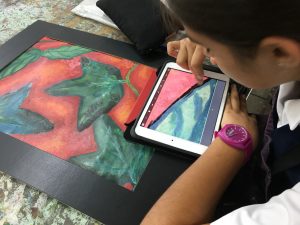
I’ve blogged about the value of tracing before…
Working digitally over a photograph gives students an opportunity to really ‘learn to look’.
Here are three lesson seeds that expand on the idea that tracing is terrific!
IDEA 1: Super Silhouettes
Although it may seem simple enough, tracing over parts of the face is an engaging way for students to spend time purposefully exploring shape, form, positive and negative space, etc. This kind of task also presents a valuable starting point for some of the less creatively confident learners – they are off and racing, rather than worrying about their first marks on a blank page.
And it is not easy. You’ll see that students will need to think through the process of image construction as they follow contours, find edges, and work with precision. They will need to solve visual problems, perhaps even ‘lose their way’, and discover that small changes can have a large impact, etc.
In Dan Martinez’s Year 4 class we explored the age-old art of silhouette portraiture. Using their own faces, students explored portrait photography techniques, and developed a strong profile shot with the native camera app. This image became the starting point, or first layer, as they created a digital silhouette in the style of Victorian paper cuts.
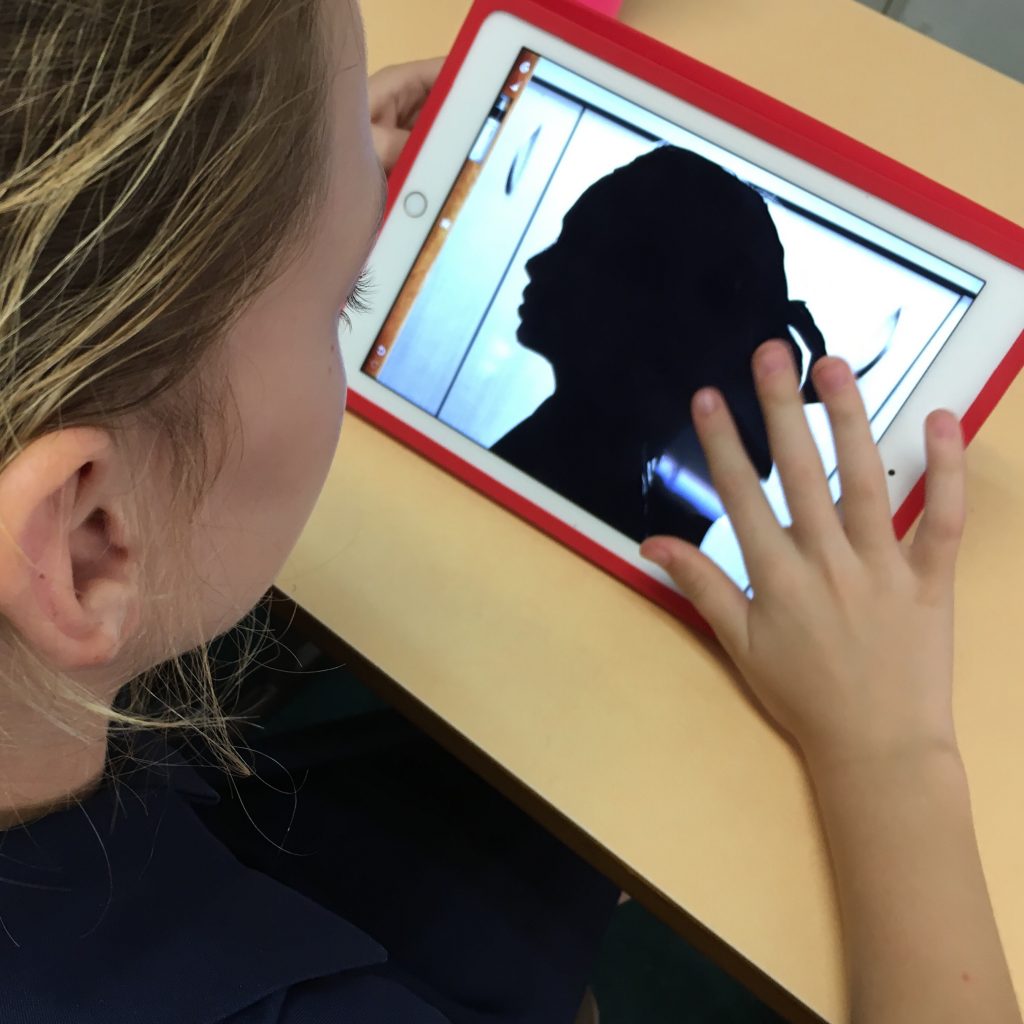
This student is using Art Set app to create the silhouette, with a strong contrast between white and black. There are a myriad of apps you could use for this, including Adobe Draw, which has some excellent features for this kind of task.
![]()
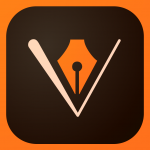
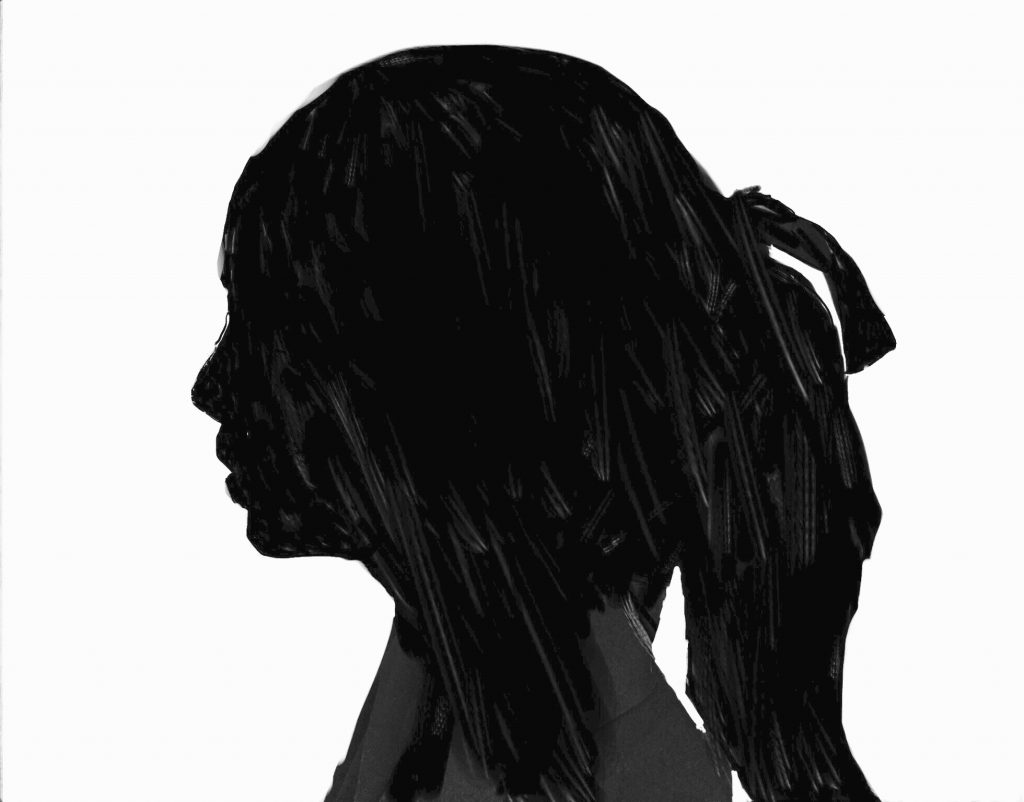
Considering the lesson objectives, you could certainly leave this task there. There are some great potential discussions about contrast, positive and negative space, edges, and layers. But perhaps my favourite conversations surround the method of production here. Students often love to grapple with the thinking around the old and the new, digital and other. In using an incredible technique like this, and considering the history of the medium in this new context, it is fascinating to ponder what is lost, or what is gained as the materials and processes in this work are exploited.
Since we are fortunate enough to have access to a laser cutter, we took the images across to the machine as black and white vectors, and this is the resulting cardboard ‘cut-out’. Obviously the creative possibilities are endless here – think stencils, blackboards for goals and ideas, classroom displays that represent student personalities, etc.
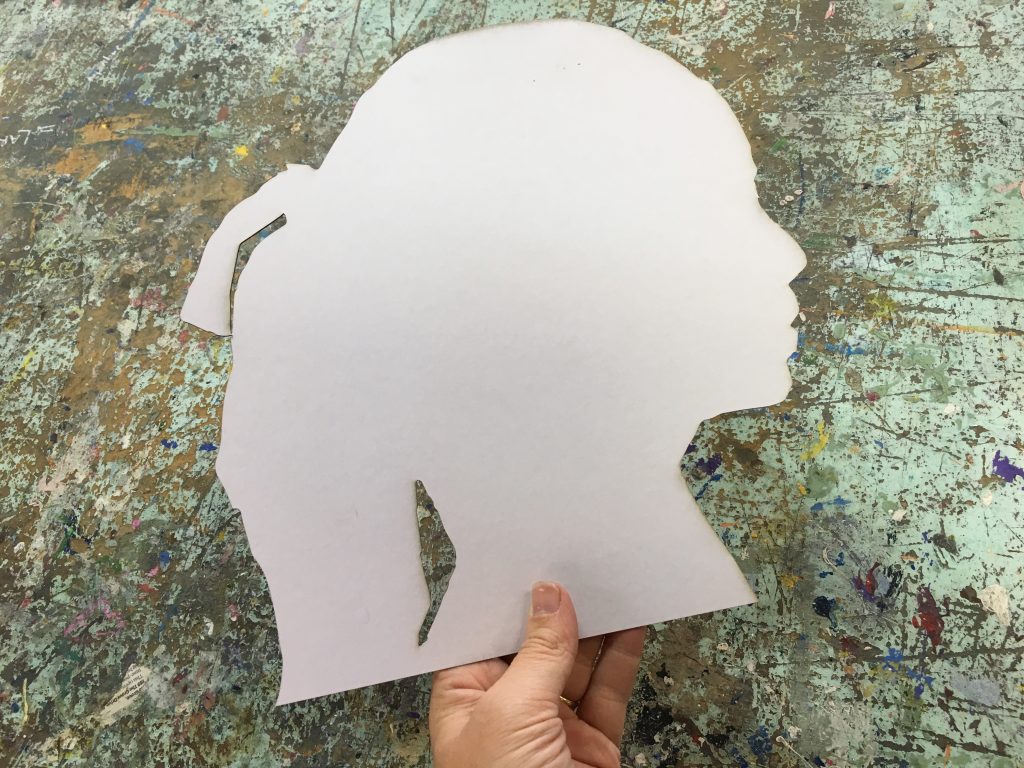
IDEA 2: Design Work
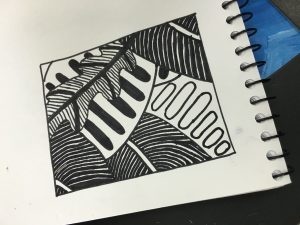 In a series of lessons students moved from observational drawing tasks using nature as a stimulus, into a composition that they painted in acrylic. Next, these complex works were simplified, and the strong shapes were reworked into a design for a lino cut print.
In a series of lessons students moved from observational drawing tasks using nature as a stimulus, into a composition that they painted in acrylic. Next, these complex works were simplified, and the strong shapes were reworked into a design for a lino cut print.
By working over the top of a photograph of their painted work, students were able to transform colour, tone, etc into line and shape. By engaging with this task they began to understand relationships in visual language – for example, line allowed shape to emerge, space or contrast created focal points.
Importantly, the success of the previous image did not hinder the construction of this new task – the students were able to expand on the successful elements of their work, or transform it. In doing so, the on-going nature of the creative process is made visible. In combination with ‘the undo’ button, it’s an exciting and empowering way to work.
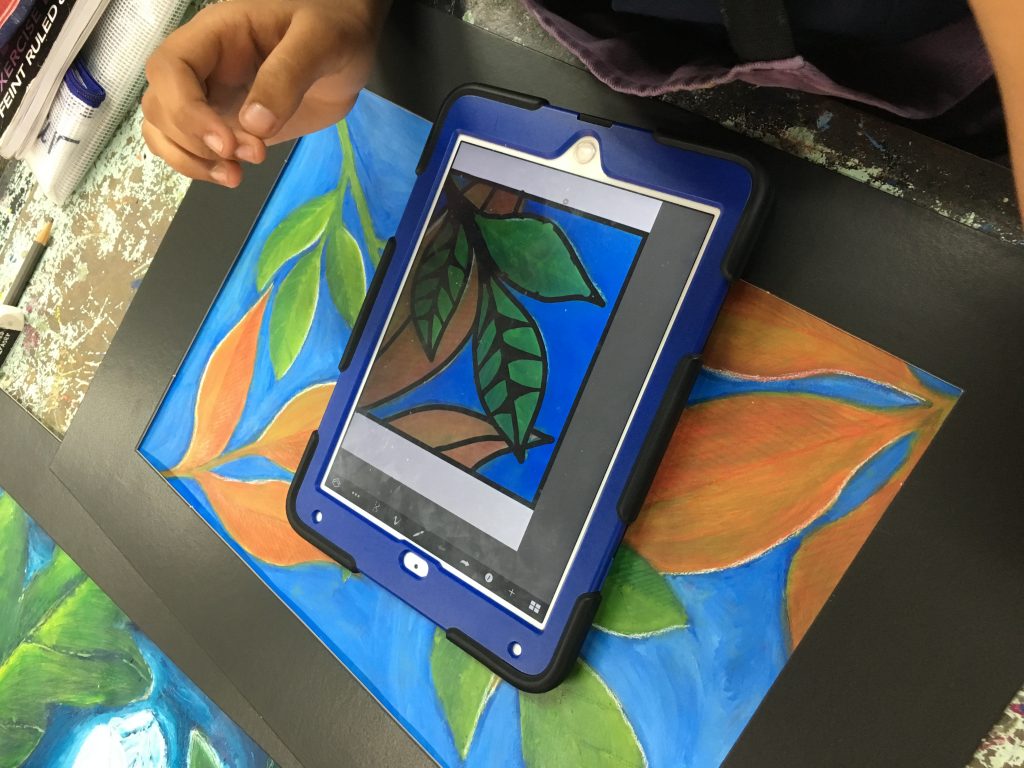
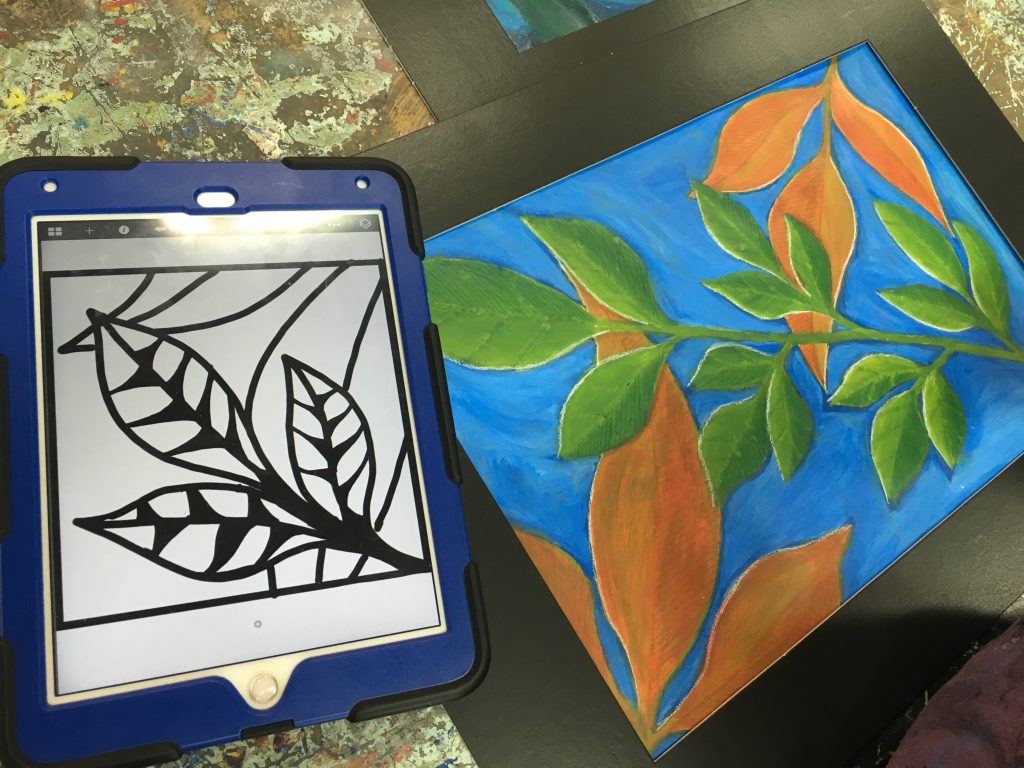
I have linked to this page before, but if you haven’t explored Tony Vincent’s post on creating your own avatars and clip art, do so! It is a great set of resources that can really unpack the process we used here.
Tracing and Tearing and Textas!
I’ve got a whole post on the process behind the lesson you see below, so check it out. We worked across a wicked worksflow, combining many mediums and techniques, selfies to mixed-media animal-hybrid collages created on iPad! Yes, really!
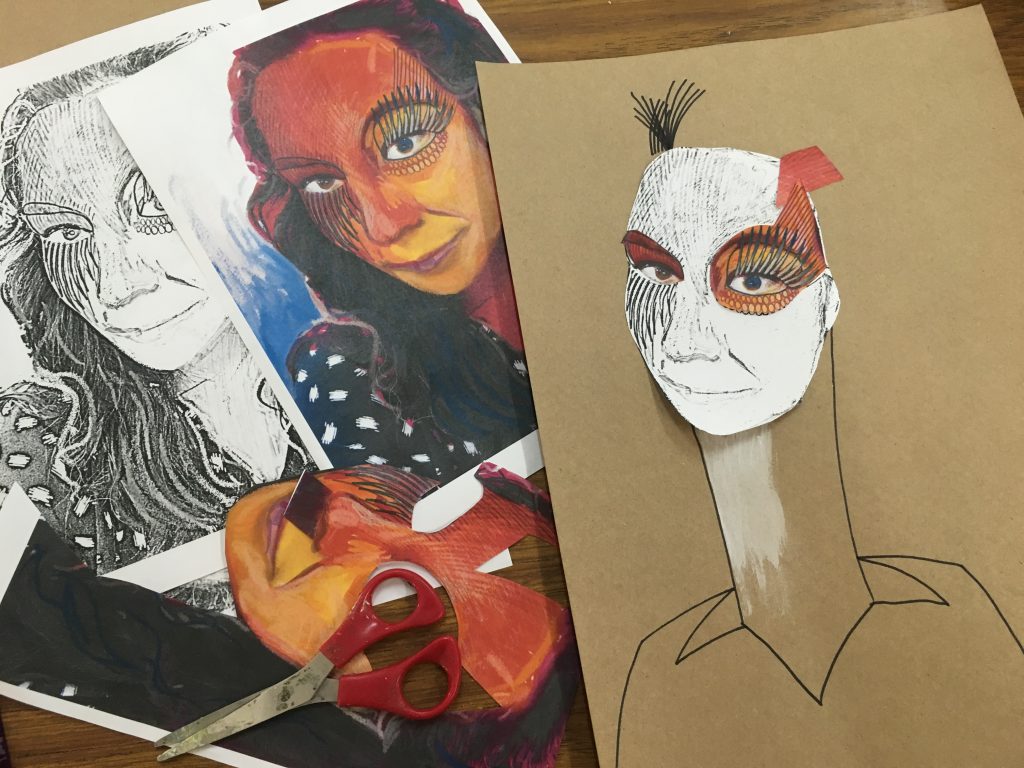
Final Thought
The sky is the limit when you start to consider how apps can connect with hands on practices and processes. I’d love to hear your ideas from here, so please share your thoughts for other teachers in the comments.
















Pingback: APPS IPAD | Pearltrees